Home>Gardening & Outdoor>Landscaping Ideas>Why Are Bees Hovering Over My Grass
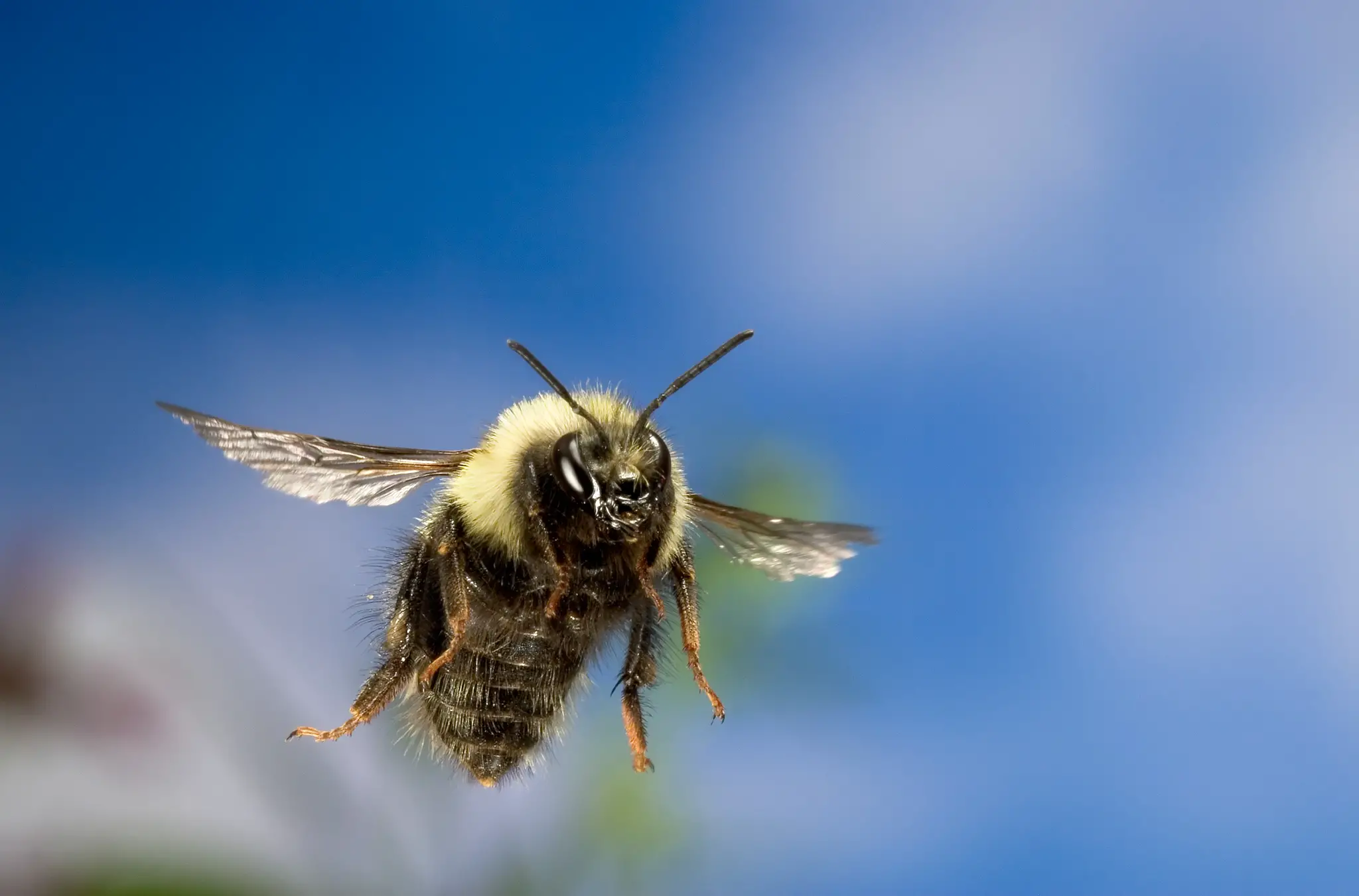

Landscaping Ideas
Why Are Bees Hovering Over My Grass
Published: January 29, 2024
Discover effective landscaping ideas to prevent bees from hovering over your grass. Learn how to create a bee-friendly environment while maintaining a beautiful lawn.
(Many of the links in this article redirect to a specific reviewed product. Your purchase of these products through affiliate links helps to generate commission for Storables.com, at no extra cost. Learn more)
Introduction
Have you ever found yourself wondering why bees seem to be particularly interested in hovering over your grass? It's a common sight that can pique anyone's curiosity. Bees are fascinating creatures that play a crucial role in our ecosystem, and their behavior can often provide valuable insights into the health of our environment. In this article, we'll delve into the reasons behind bees hovering over grass, explore the significance of these industrious insects, and discover how you can attract them to your garden. So, let's embark on a journey to unravel the mystery of bees and their affinity for grassy landscapes.
Key Takeaways:
- Bees hovering over grass are foraging for food, collecting water, resting, and exploring. Their presence indicates a healthy ecosystem and offers insights into the interconnectedness of bees with diverse habitats.
- To attract bees to your garden, plant bee-friendly flowers, provide water sources, avoid harmful chemicals, and embrace diversity in your garden. By creating a welcoming environment, you can support these essential pollinators and contribute to the preservation of bee populations.
Read more: Why Is My Grass Dying Over My Drain Field
Importance of Bees
Bees are not just ordinary insects; they are vital contributors to the delicate balance of our ecosystem. Their significance extends far beyond their ability to produce honey. These industrious pollinators play a pivotal role in the reproduction of flowering plants, including many of the fruits, vegetables, and nuts that make up a significant portion of the human diet.
The process of pollination occurs when bees collect nectar and pollen from flowers to bring back to their hives. As they move from one flower to another, they inadvertently transfer pollen grains, facilitating the fertilization of plants. This crucial role in the reproductive cycle of plants directly impacts the production of fruits and seeds. Without bees, many plant species would struggle to reproduce, leading to a decline in biodiversity and potential food shortages for both humans and wildlife.
In addition to their role in pollination, bees are also integral to the functioning of natural ecosystems. They contribute to the health and diversity of plant communities, which in turn support a wide array of animal species. Furthermore, bees are essential for the production of various agricultural crops, making them indispensable to the global food supply.
Beyond their ecological significance, bees also hold cultural and economic importance. The production of honey, beeswax, and other hive products has been a part of human civilization for centuries, providing sustenance, medicine, and materials for various purposes.
In essence, bees are not only fascinating creatures but also indispensable components of a healthy and thriving environment. Their impact reverberates across ecosystems, agriculture, and human societies, making it crucial for us to understand and appreciate their vital role in sustaining life on our planet.
Reasons for Bees Hovering Over Grass
Bees are known for their diligent foraging behavior, often seen darting from one flower to another in search of nectar and pollen. However, the sight of bees hovering over grass may raise questions about their specific attraction to this seemingly unremarkable terrain. There are several compelling reasons behind this behavior, shedding light on the intricate relationship between bees and grassy landscapes.
-
Foraging for Pollen and Nectar: Bees are opportunistic foragers, constantly seeking out new sources of food. While flowers are their primary targets for nectar collection, certain grass species produce small, inconspicuous flowers that are rich in nectar. Bees may hover over grassy areas to access these hidden floral resources, extracting the vital sustenance they need to fuel their activities.
-
Water Collection: Bees require water not only for hydration but also for regulating the temperature and humidity levels within their hives. Grassy areas, particularly those with dew-covered or irrigated grass, can provide bees with access to water sources. The presence of bees hovering over grass may indicate their efforts to collect water droplets, especially during hot and dry periods.
-
Resting and Sunning: Bees, like many other insects, engage in behaviors such as resting and sunning to regulate their body temperature and conserve energy. Grassy surfaces, especially those exposed to sunlight, offer ideal spots for bees to perch and bask in the warmth. This behavior, often observed in the early morning or late afternoon, allows bees to recharge before resuming their foraging activities.
-
Exploratory Behavior: Bees are naturally curious and adaptive creatures, constantly exploring their surroundings in search of new resources. Grassy areas may present novel opportunities for bees to discover alternative sources of pollen, nectar, or even potential nesting sites. Their hovering over grass could signify their investigative nature as they assess the potential benefits of these environments.
-
Environmental Cues: The presence of bees hovering over grass can also serve as an indicator of the overall health and biodiversity of the surrounding ecosystem. Healthy grasslands and meadows support a diverse array of plant species, some of which may offer valuable resources for bees. Observing bees in these areas can provide insights into the ecological richness and suitability of the landscape for supporting pollinators.
In essence, the sight of bees hovering over grass unveils a multifaceted tapestry of their foraging, resting, and exploratory behaviors. Understanding the reasons behind this phenomenon not only enriches our appreciation for the complexity of bee ecology but also underscores the interconnectedness of bees with diverse habitats, including grassy landscapes.
Consider planting bee-friendly flowers in your garden to attract the bees away from your grass. Bees are attracted to colorful, fragrant flowers and will likely spend more time there than on your grass.
How to Attract Bees to Your Garden
Attracting bees to your garden can significantly enhance the vibrancy and productivity of your outdoor space while contributing to the overall health of the surrounding ecosystem. By creating an inviting environment for these essential pollinators, you can foster a thriving garden teeming with life and color. Here are several effective strategies to attract bees to your garden:
-
Plant Bee-Friendly Flowers: Incorporate a diverse selection of flowering plants known for their attractiveness to bees. Opt for native wildflowers, herbs, and perennial blooms such as lavender, sunflowers, coneflowers, and bee balm. These plants provide abundant sources of nectar and pollen, serving as irresistible foraging grounds for bees.
-
Create a Pollinator-Friendly Habitat: Designate a section of your garden specifically tailored to attract pollinators, including bees. Establishing a pollinator garden with a variety of flowering plants, shrubs, and trees can offer a continuous supply of food throughout the growing season, ensuring that bees have access to nourishment at various stages of their life cycle.
-
Provide Water Sources: Set up shallow dishes or containers filled with clean water to offer bees a reliable water source. Adding pebbles or floating cork pieces to the water sources can provide landing spots for bees, preventing accidental drowning while quenching their thirst.
-
Avoid Pesticides and Herbicides: Minimize or eliminate the use of chemical pesticides and herbicides in your garden. These substances can be harmful to bees and other beneficial insects, disrupting their foraging activities and overall well-being. Embracing organic and natural pest control methods can help safeguard the health of bee populations.
-
Create Nesting Sites: Integrate bee-friendly nesting habitats into your garden by incorporating features such as bee hotels, nesting blocks, or undisturbed areas of bare ground. Providing suitable nesting opportunities can attract solitary bees and certain bumblebee species, enhancing the diversity of bee species in your garden.
-
Embrace Diversity and Seasonal Blooms: Cultivate a garden with a variety of plant species that bloom at different times of the year. This approach ensures a continuous supply of floral resources, supporting bees throughout the changing seasons and addressing their varying nutritional needs.
-
Educate and Advocate: Share your passion for bee-friendly gardening with others in your community. By raising awareness about the importance of bees and the benefits of creating pollinator-friendly habitats, you can inspire others to join the effort in supporting bee populations.
By implementing these strategies, you can transform your garden into a welcoming sanctuary for bees, fostering a harmonious coexistence between humans and these vital pollinators. Embracing bee-friendly gardening practices not only enriches the natural beauty of your outdoor space but also contributes to the preservation of bee populations and the sustainability of our ecosystems.
Conclusion
In conclusion, the sight of bees hovering over grass unveils a multifaceted tapestry of their foraging, resting, and exploratory behaviors. Understanding the reasons behind this phenomenon not only enriches our appreciation for the complexity of bee ecology but also underscores the interconnectedness of bees with diverse habitats, including grassy landscapes.
As we unravel the mystery of bees and their affinity for grassy terrains, it becomes evident that these industrious insects play a pivotal role in the delicate balance of our ecosystem. Their significance extends far beyond their ability to produce honey, encompassing their vital role in the pollination of flowering plants and the sustenance of diverse ecosystems. By hovering over grass, bees may be foraging for pollen and nectar, collecting water, resting, or exploring new resources, offering valuable insights into their adaptive and inquisitive nature.
Furthermore, the presence of bees hovering over grass serves as an indicator of the overall health and biodiversity of the surrounding ecosystem. Healthy grasslands and meadows support a diverse array of plant species, some of which may offer valuable resources for bees. Observing bees in these areas can provide insights into the ecological richness and suitability of the landscape for supporting pollinators.
To further enhance the presence of bees in our surroundings, creating a pollinator-friendly habitat in our gardens can significantly contribute to the well-being of bee populations. By planting bee-friendly flowers, providing water sources, avoiding harmful chemicals, and embracing diversity in our gardens, we can attract and support these essential pollinators. Through these efforts, we not only enrich the natural beauty of our outdoor spaces but also contribute to the preservation of bee populations and the sustainability of our ecosystems.
In essence, the enchanting sight of bees hovering over grass serves as a poignant reminder of the intricate web of life that connects us all. By nurturing and protecting these remarkable creatures, we uphold the delicate balance of nature and ensure a flourishing environment for generations to come. Let us continue to marvel at the captivating dance of bees over grassy landscapes, celebrating their vital contributions to the tapestry of life on our planet.
Frequently Asked Questions about Why Are Bees Hovering Over My Grass
Was this page helpful?
At Storables.com, we guarantee accurate and reliable information. Our content, validated by Expert Board Contributors, is crafted following stringent Editorial Policies. We're committed to providing you with well-researched, expert-backed insights for all your informational needs.
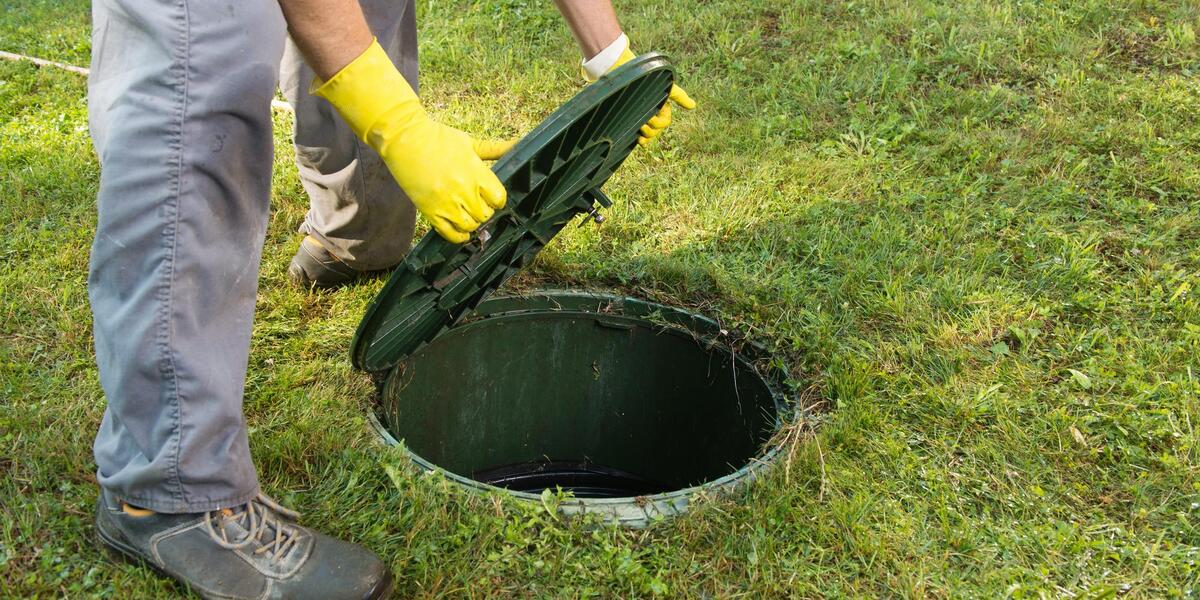
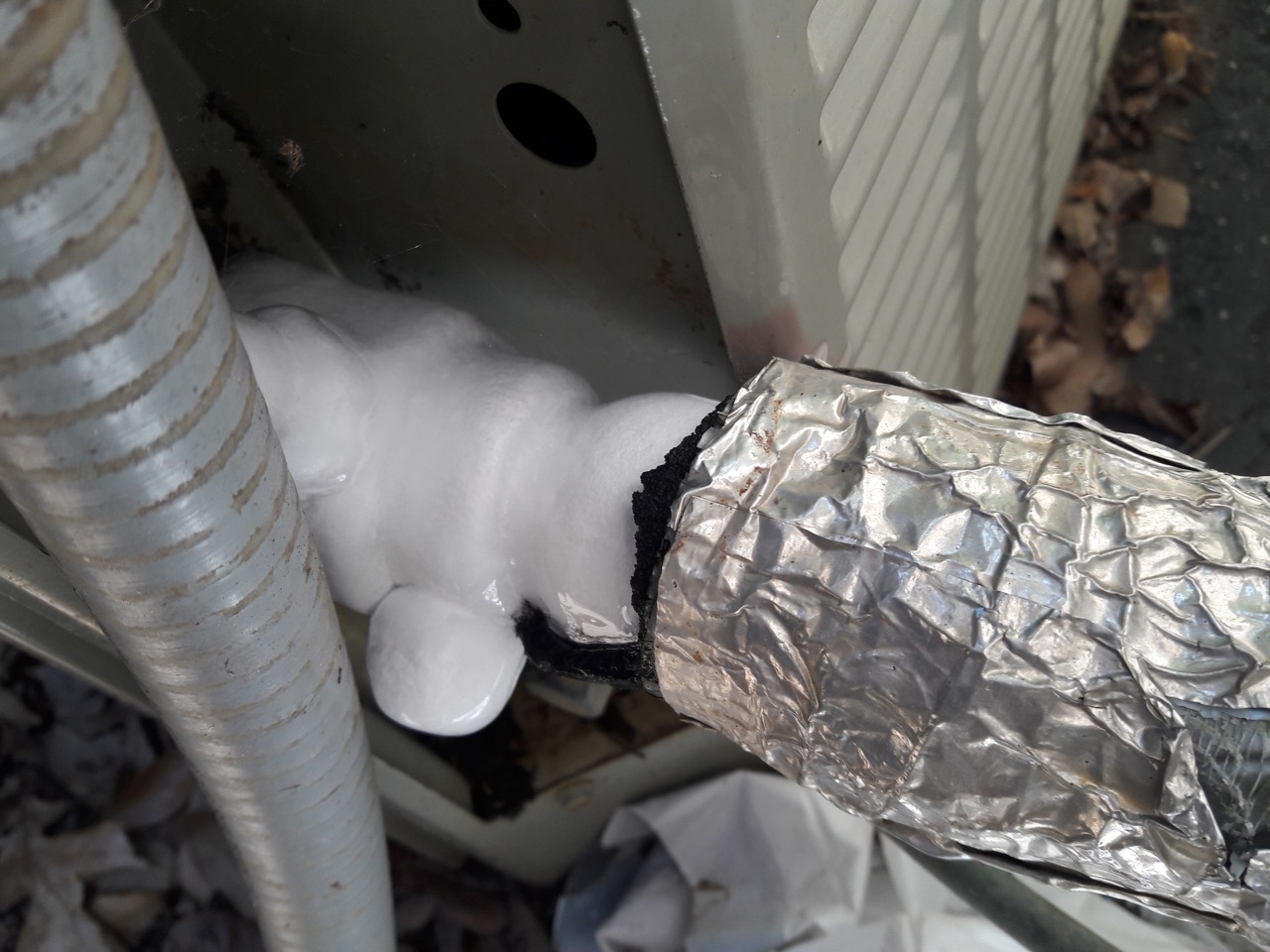
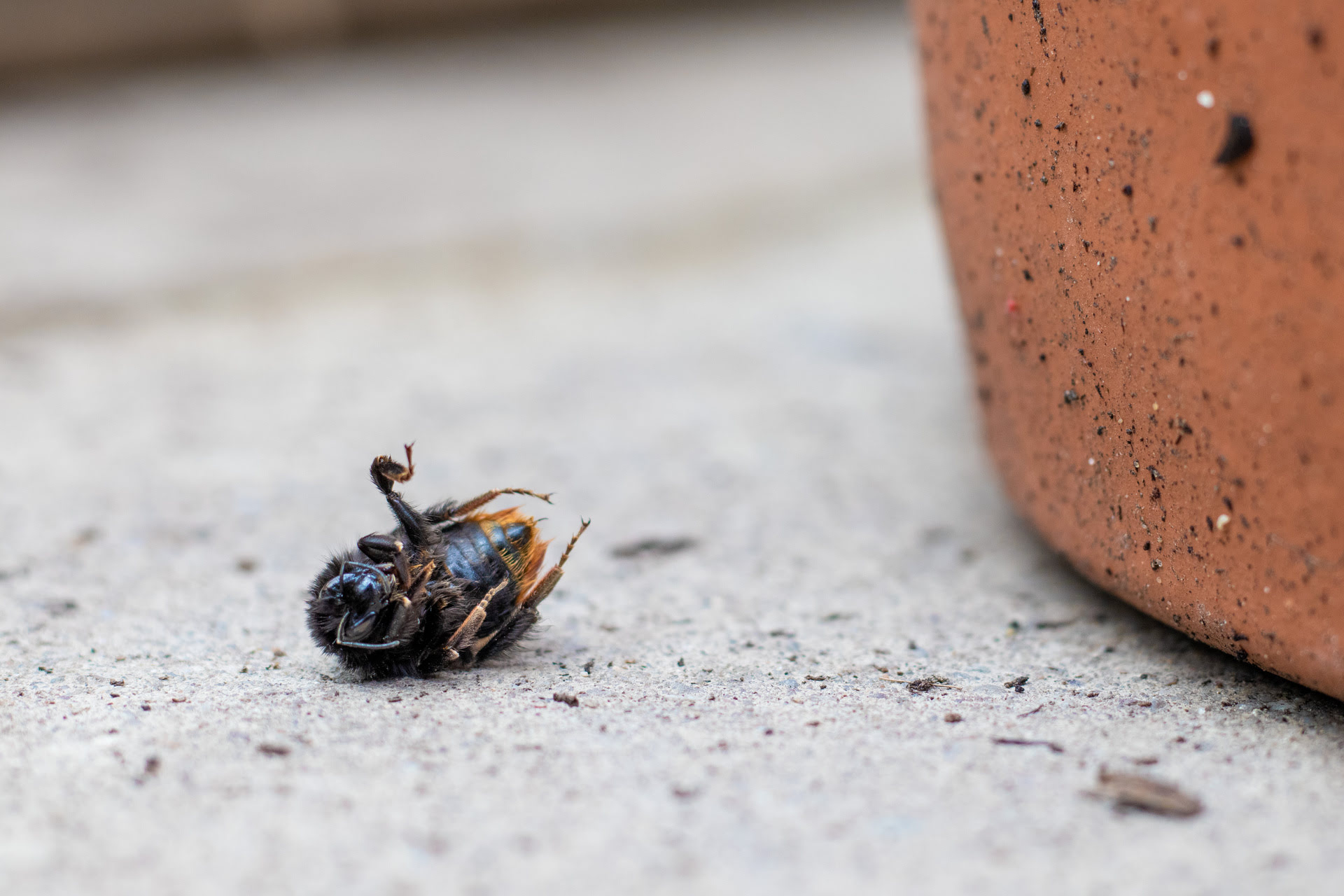
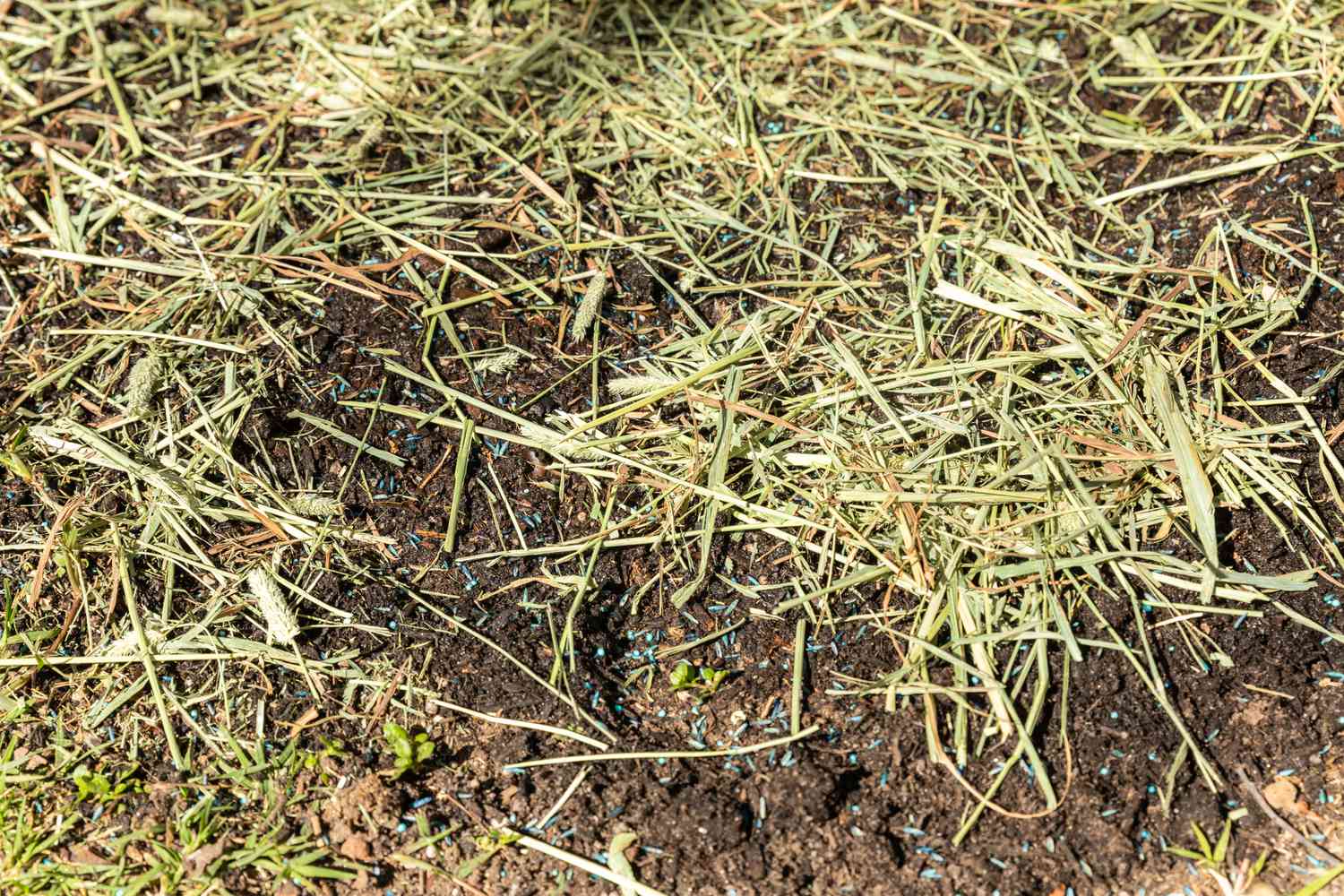
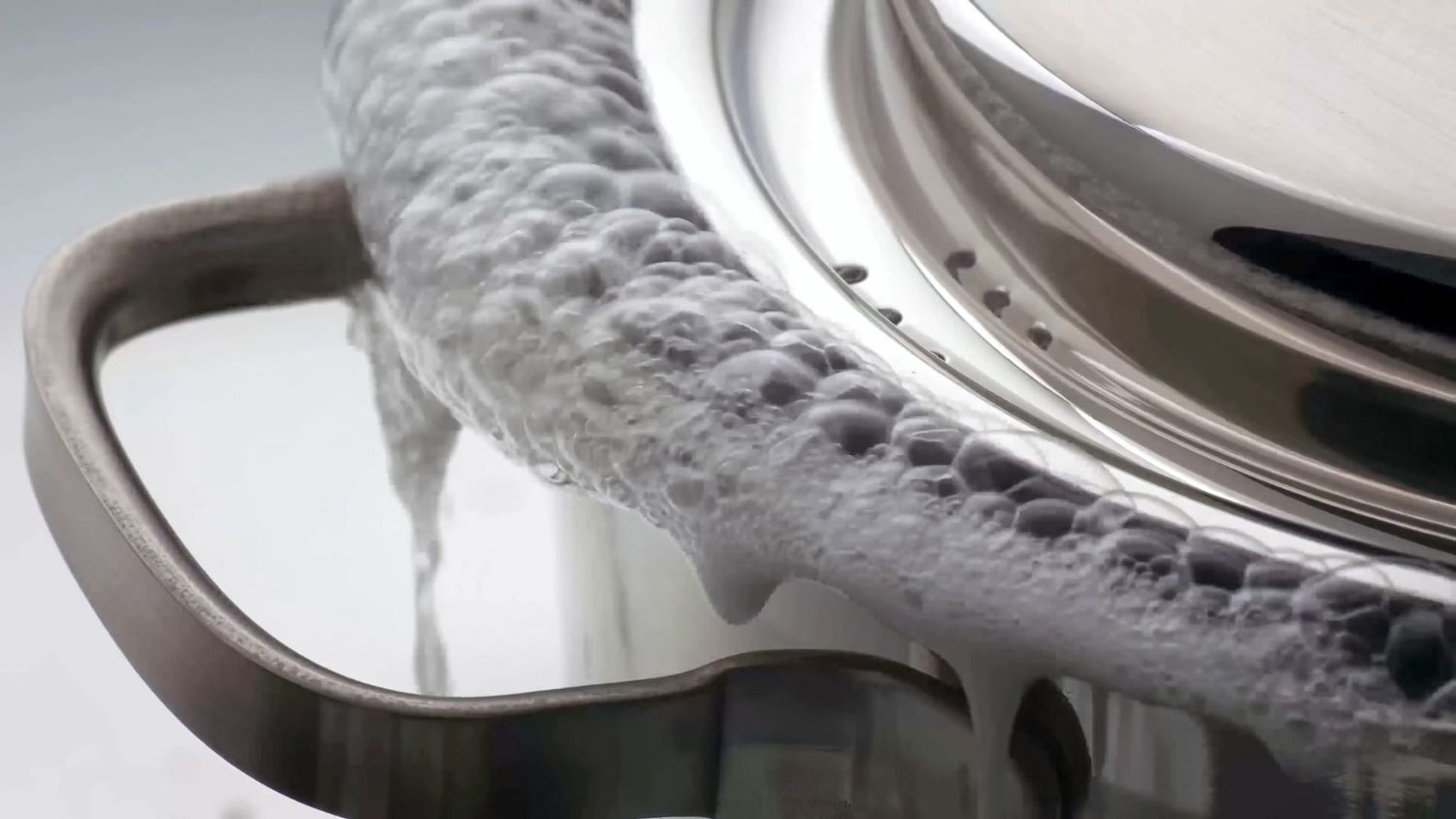
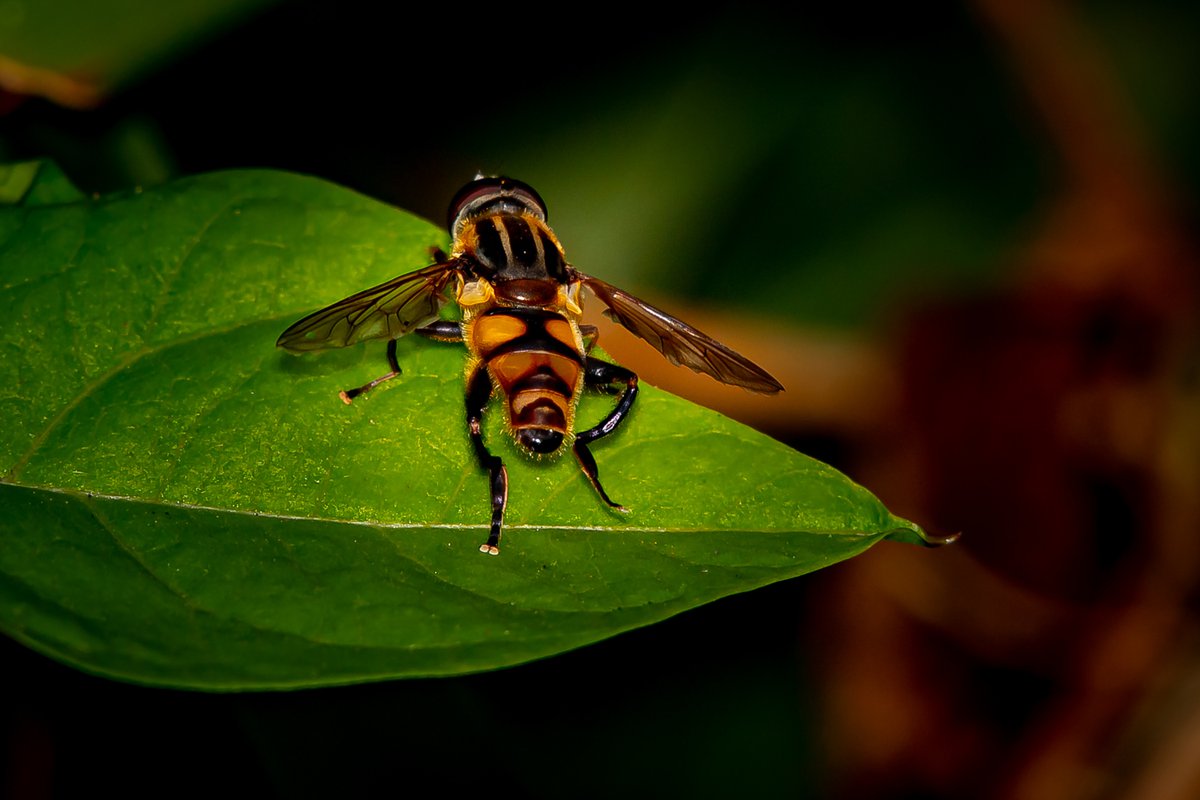
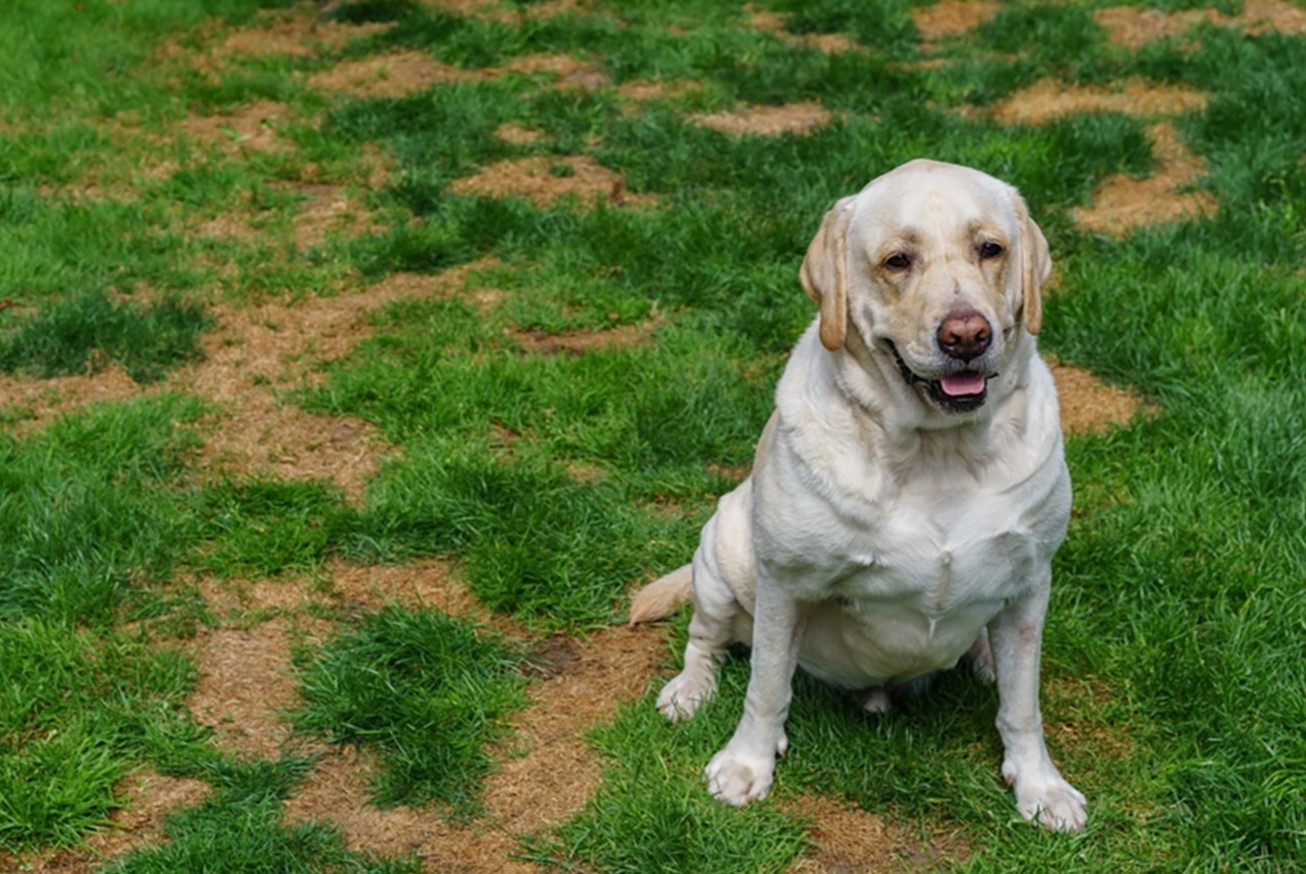
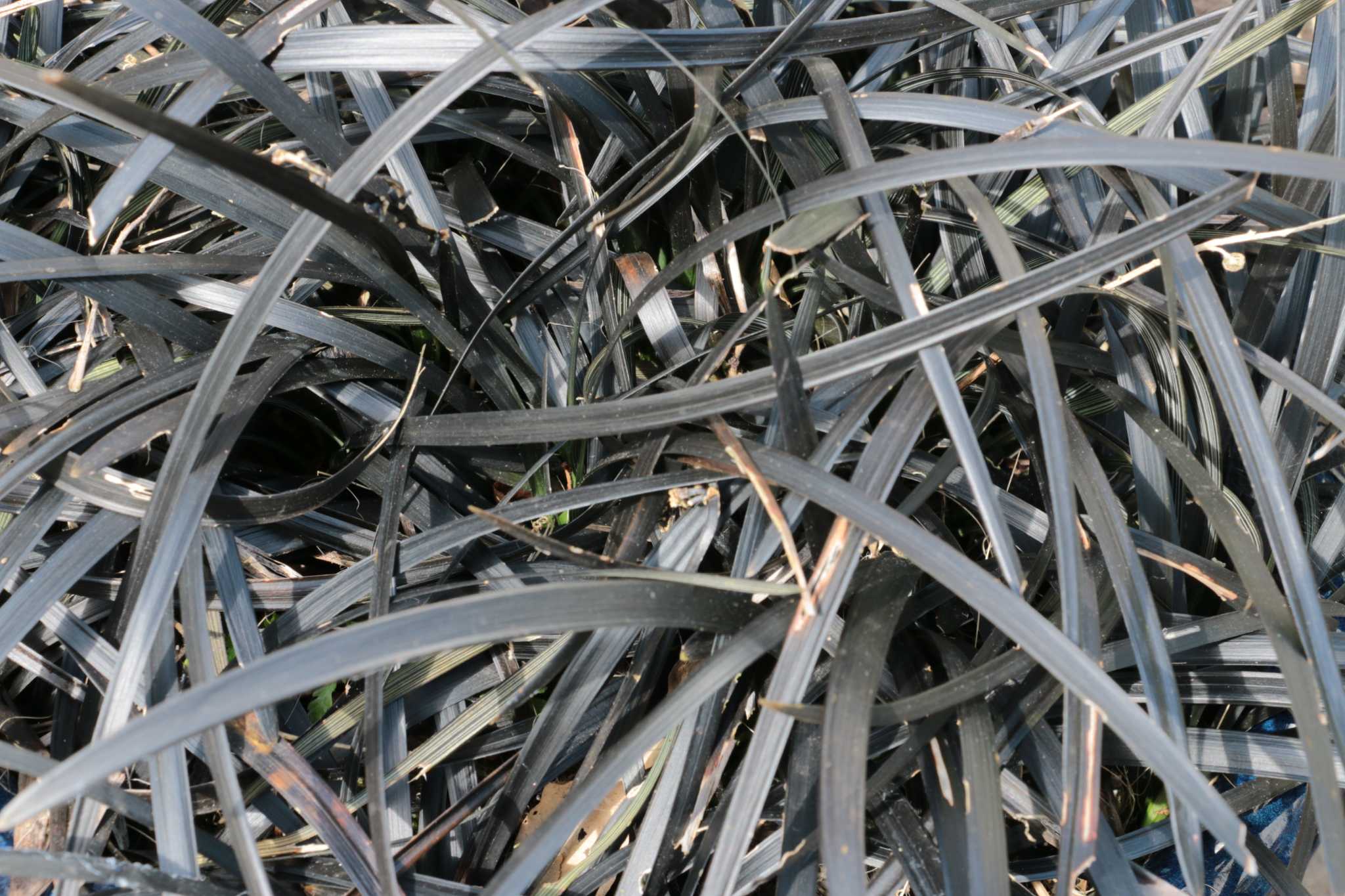
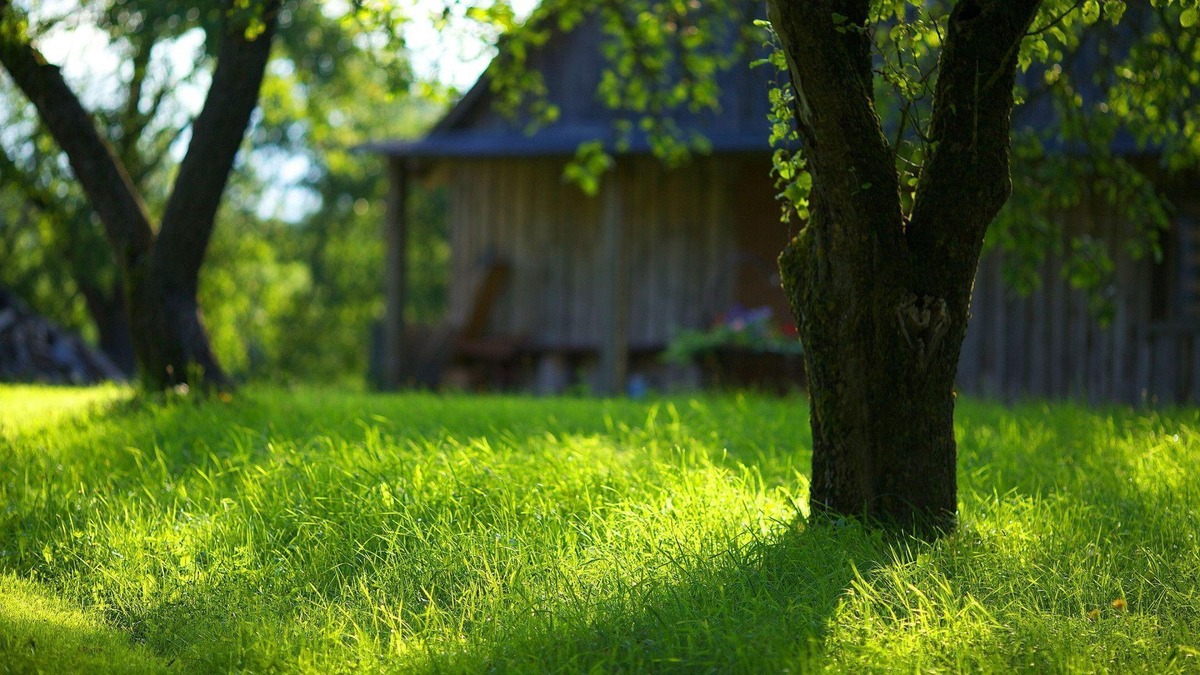
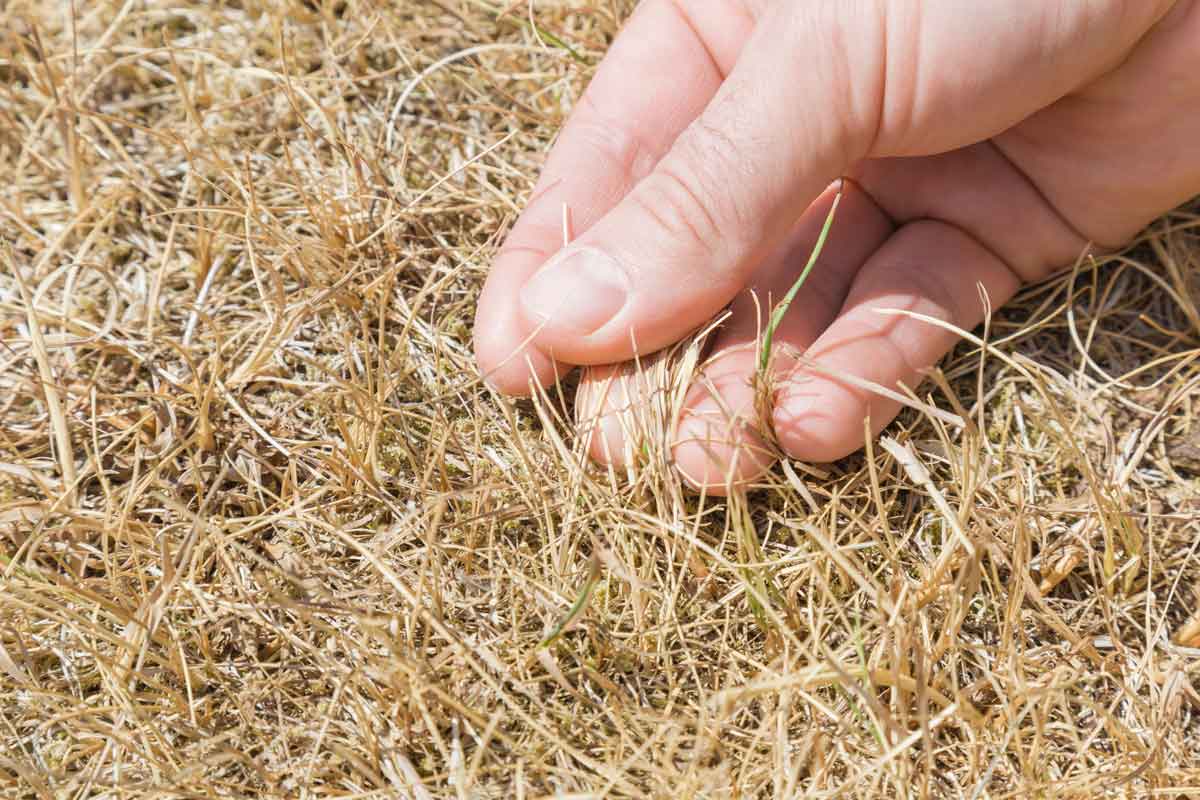
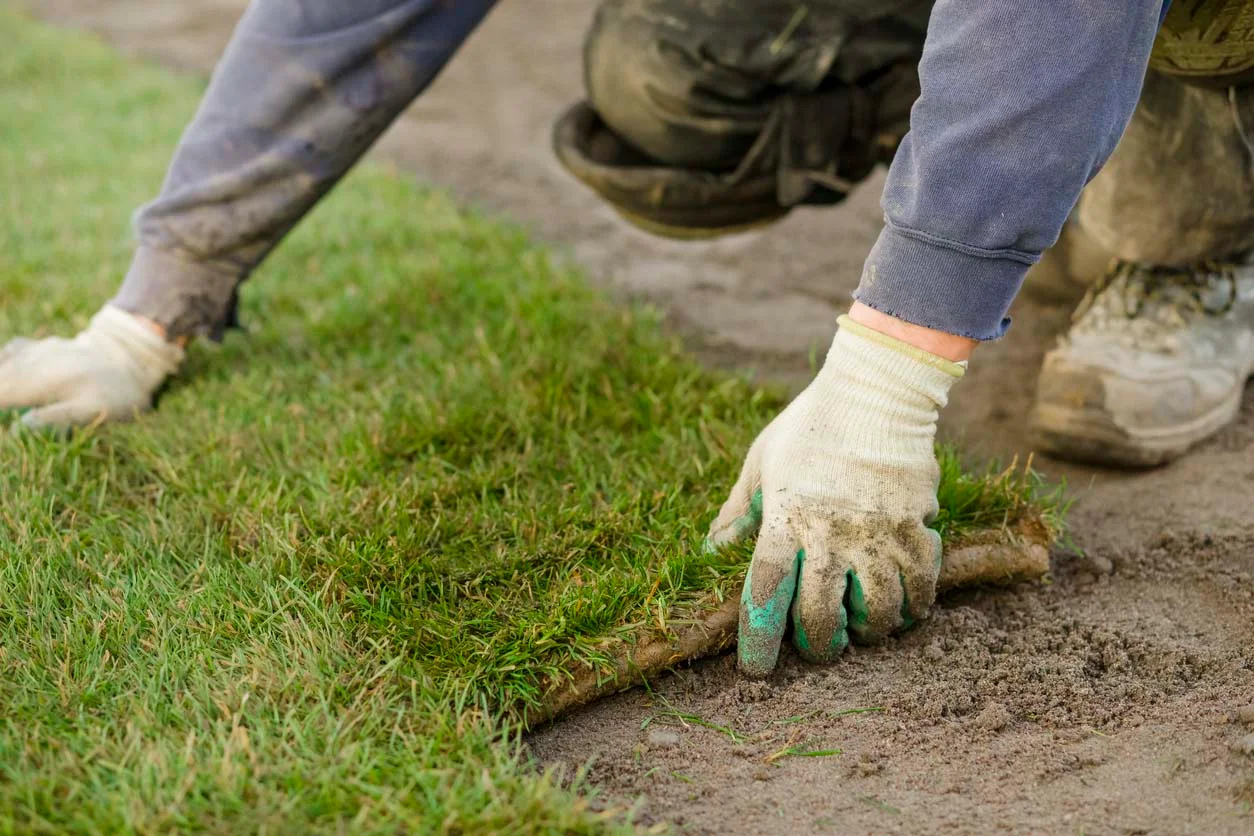
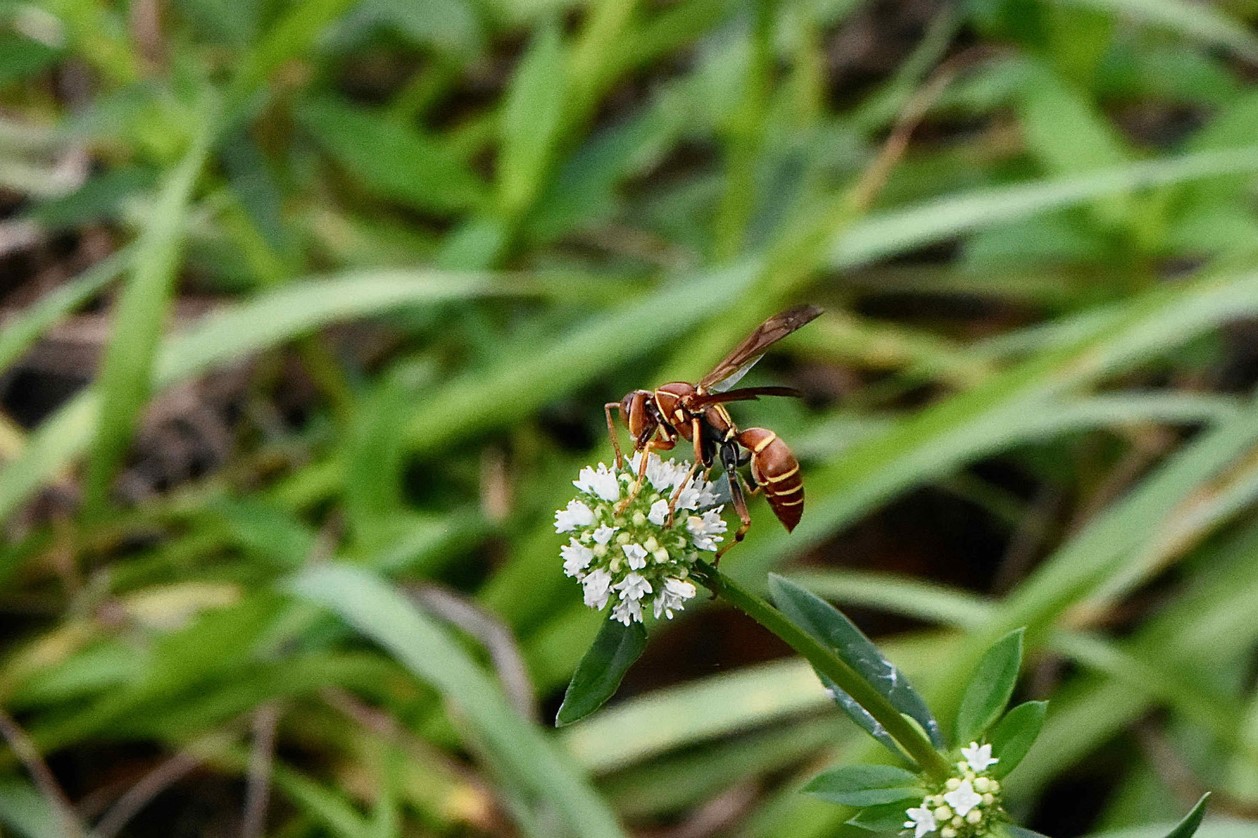
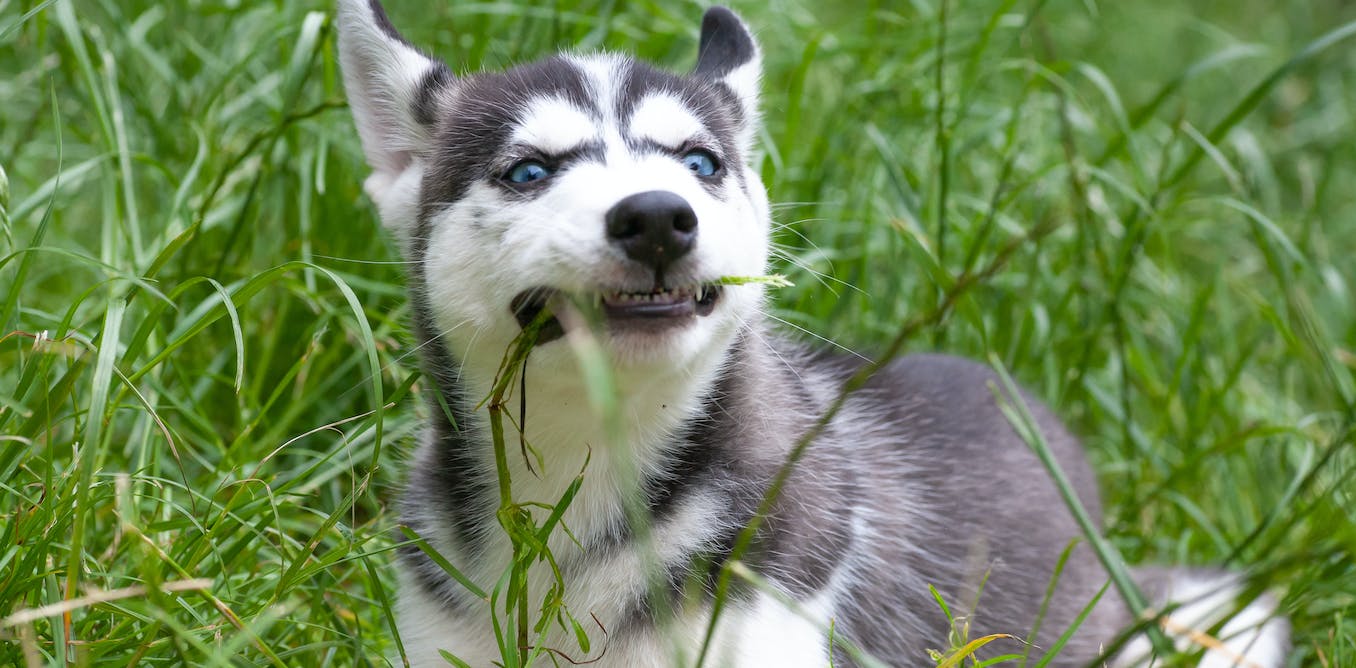
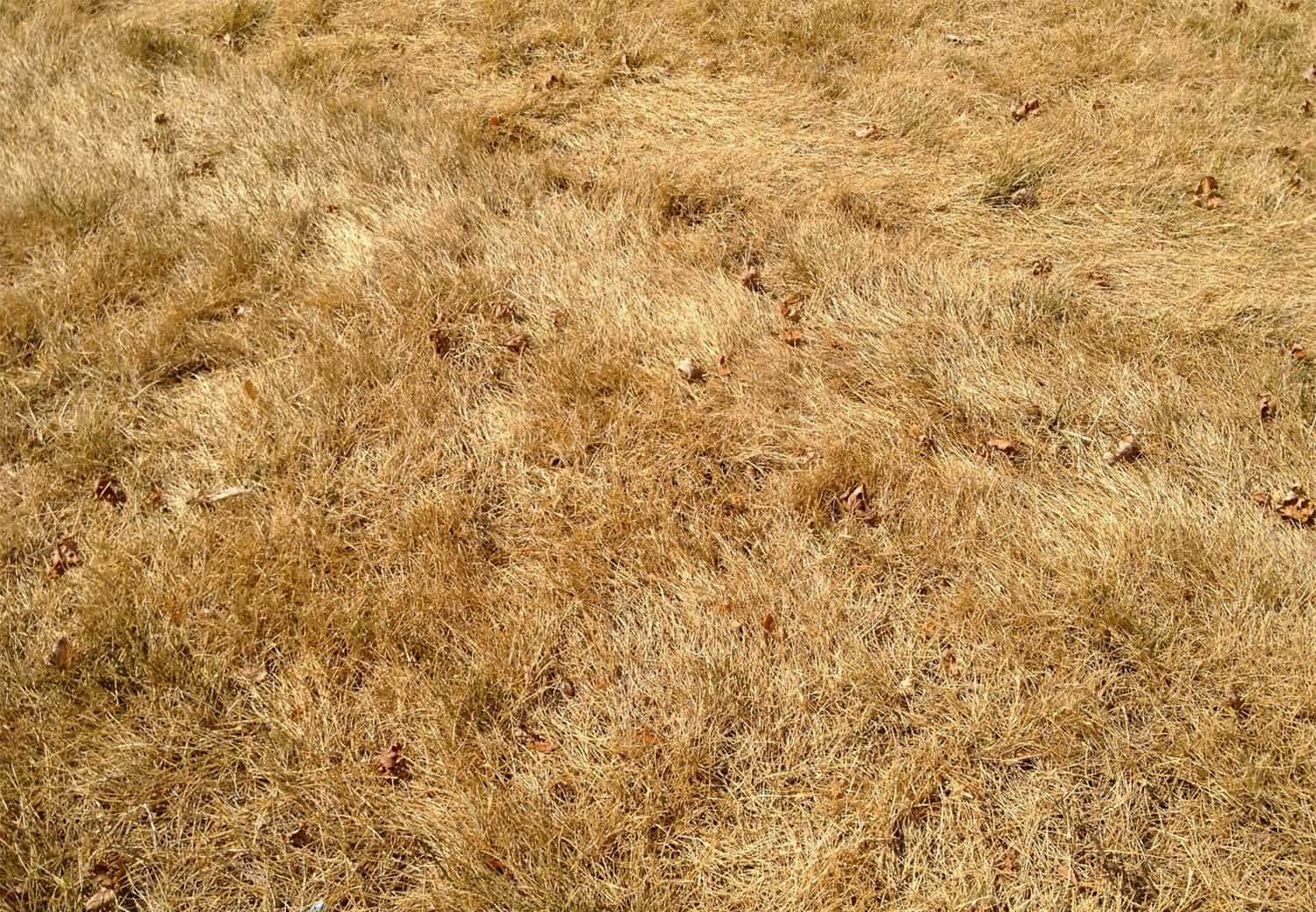
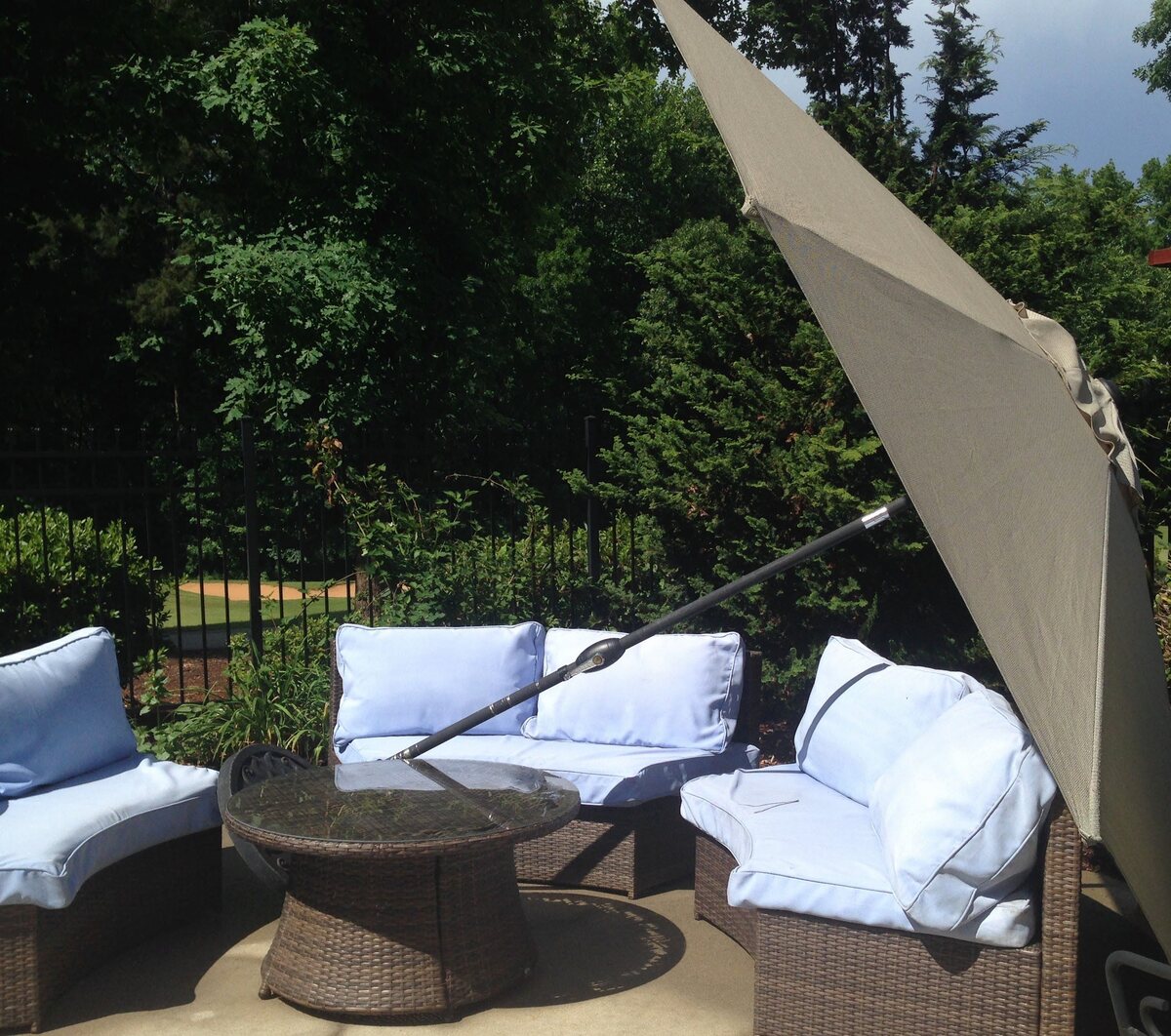

0 thoughts on “Why Are Bees Hovering Over My Grass”